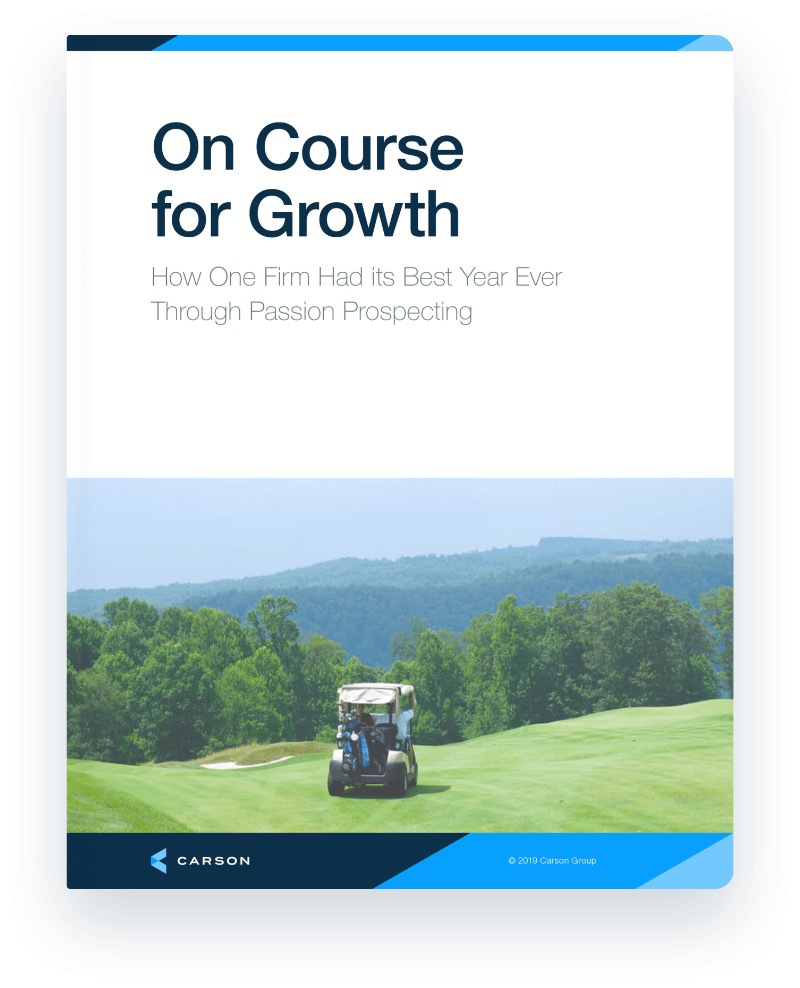Imagine an aspiring Olympic archer who has difficulty selecting the right target. It’s a safe bet that our intrepid sportsman will not make the trip to the next summer games. As an advisor-CEO, you must also identify and aim for your target if you strive for world-class performance.
Ask yourself these questions:
- Which activities should I be performing, and which should be delegated to capable team members who have the capacity and desire to do that work?
- What narrow range of high-impact tasks are worthy of my time and energy?
- Which key functions am I uniquely qualified to do, and how can I arrange my team, processes and schedule so I can focus exclusively on them?
With those questions in mind, and before we look at the three high-value activities we believe should top your list, let’s take a quick look at the top three time-sucks to which many advisor-CEOs fall victim.
Top 3 Time-Sucks for an Advisor-CEO
1. Inbound Email
When asked about daily activities that deplete energy and diminish productivity, many advisors admit they get crushed by the wave of inbound email. Note that just like a good triage nurse keeps the ER functioning smoothly, and just as you have team members who filter your physical mail and direct inbound telephone calls to the appropriate resource, so, too, you can have a trusted colleague separate the critical items from the time-wasters in your inbox. See Outlook Delegate Access.
2. Trade Execution
While contributing to or even leading the firm’s investment strategy can be a valuable leadership-level function, actually placing the trades…not so much. Delegate it.
3. Servicing Mid and Lower Tier Relationships
This is something many senior wealth advisors do because they always have. But from a “that was then, this is now” perspective, allow me to make this recommendation: stop it! Think about how much your calendar opens up when you create alignment between time spent and value received, and between advisor expertise and client complexity. Does the value received from lower tier relationships – amount of fees and type of referrals – provide appropriate compensation for a firm leader? Is it an ideal use of resources for someone with your skill and experience to serve clients with little financial complexity?
There will always be outliers such as friends and family of top clients, but short of those few exceptions, your G2 advisors can take over this service burden. So, where should you as an advisor-CEO spend your time? Here are the three areas you should consider:
1. Nurturing Top-Tier Relationships
As an effective business leader, you recognize that you want to replicate the top of your book, and we know that meaningful, heartfelt connections result in richer, more enduring, referral-friendly relationships. Spend time enjoying favorite activities and important events with top clients and their families. Is it work or is it play? The beauty of it is, it’s both!
2. Soliciting New Top-Tier Clients
In most advisory firms, the firm leader is the most accomplished rainmaker. Their gravitas, network, technical competency and sales proficiency combine to place the advisor-CEO in a unique and powerful position. If you are motivated to grow, identify the activities that demonstrably result in a pipeline of high-quality prospects (focusing on the strategies you most enjoy), and engage your team to plan and schedule them.
Related webinar: 6 Steps to Building Relationships with Your Clients’ COIs that Really Pay Off
3. Developing and Overseeing Implementation of Your Strategic Vision
As is often said, if you don’t know where you’re going, how do you know which road to take? Many options exist for how you run your firm: business model, marketing niche, organizational structure. Which approach creates the most rewarding, most joyful set of experiences for you and your team? What does your ideal firm look like in three, five and ten years, and what is your role at each juncture?
Once you have identified your big picture or ultimate destination, you can document the strategic priorities and tactical imperatives that will get you there much more easily. Then engage your team to determine all the tasks and subtasks – along with due date and assignee – that will bring these top priorities to life. One last thing about our friend with the bow and arrow and visions of a gold medal: Olympic athletes are among the very best in the world at their chosen endeavor. How many of them don’t have a coach? You’d be hard-pressed to find a single one.
Want to work with a coach like Michael? Click below to learn more.










